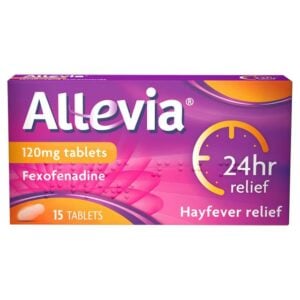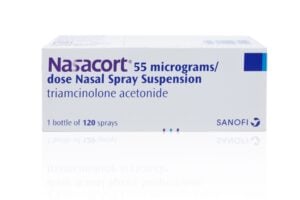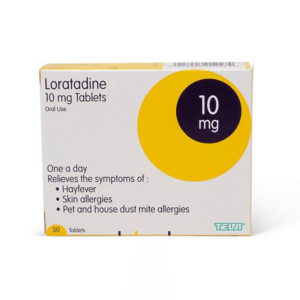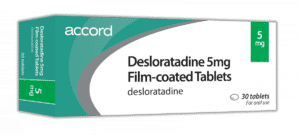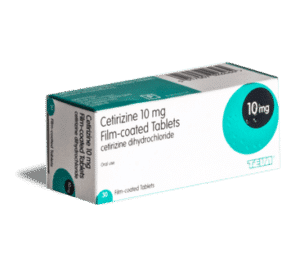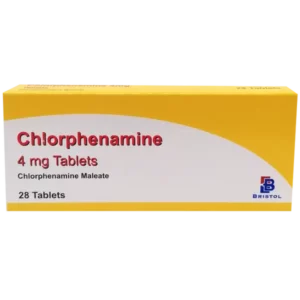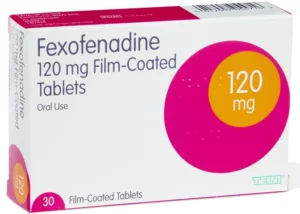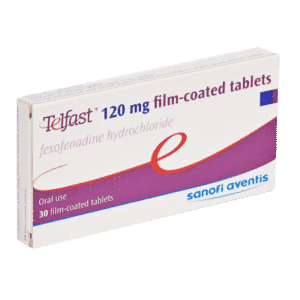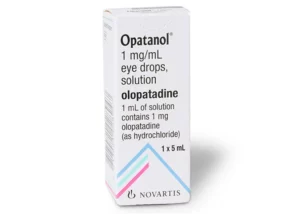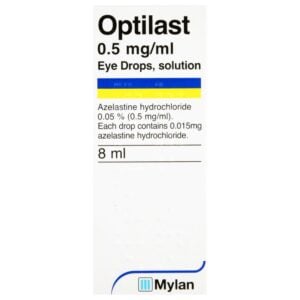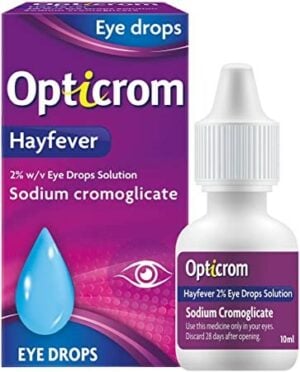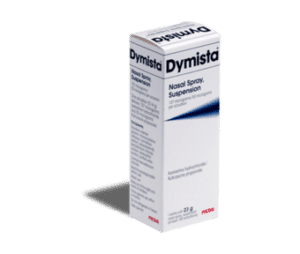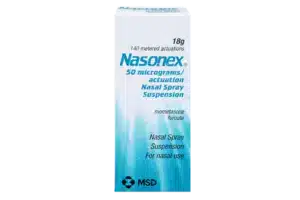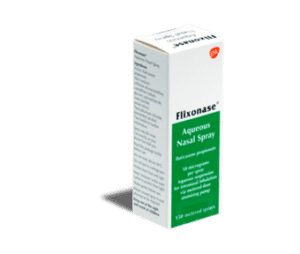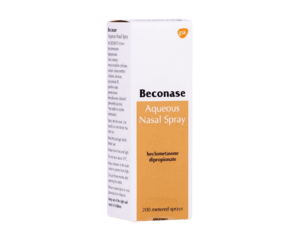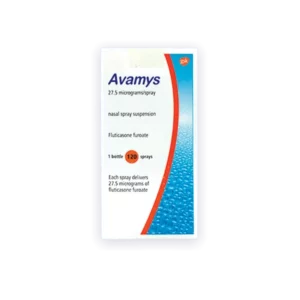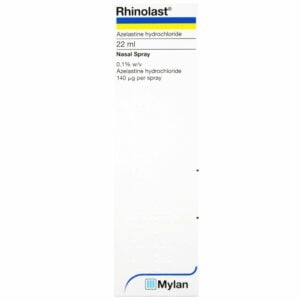We recommend the following treatment pathway:
Consider the regular use of Nasal irrigation with saline. An example of this is NeilMed Sinus Rinse. This will help rinse the nasal cavity and keep it free of irritants. Nasal irrigation can be carried out as often as necessary but use a clear solution everytime.
Mild to moderate intermittent or mild persistent symptoms: Trial an intranasal antihistamine such as Rhinolast, to be used when required or a non-sedating antihistamine such as Loratadine, Cetirizine or Fexofenadine. We tend to see better response with intranasal antihistamines as they have a faster onset of action and work at the site of action. If no improvement is seen then a regular intranasal steroid should be used.
Moderate to severe symptoms: Consider a regular intranasal corticosteroid such as mometasone, fluticasone or beclomethasone. This should be used during periods of allergen exposure. It can take 6-8 hours after first dose to see improvement and maximum effect is seen after two weeks.
Failed first line treatment: If symptoms persist after 2-4 weeks of treatment, then you should consider treating the symptoms:
If nasal congestion is a problem, then use an intranasal decongestant such as Sudafed blocked nose spray for up to 5-7 days. It is essential we stop using the spray after 7 days otherwise you may experience refractory symptoms.
If there is persistent runny nose despite the use of an intranasal corticosteroid and oral antihistamine then consider a intranasal anticholinergic such as Rinatec.
If there is persistent nasal itching and sneezing, then consider daily oral antihistamines or a combination nasal spray such as Dymista spray. If using Dymista spray, then stop using oral antihistamines.
If there are persistent or intermittent itchy, red or watery eyes, consider using antihistamine eye drops or sodium cromoglicate eye drops. Examples include Opticrom, Optilast or Rapitil. These can be used in combination with Oral antihistamines and Nasal sprays giving you the highest chance of overcoming hayfever or allergic rhinitis.
If the treatment fails, you experience symptoms only on one eye or nostril, have a blood-stained nasal discharge, recurrent nose bleeds, or nasal pain then you must seek medical help immediately.
Patients with failed treatments are normally referred to ENT for allergy testing and possible immunotherapy treatment.

